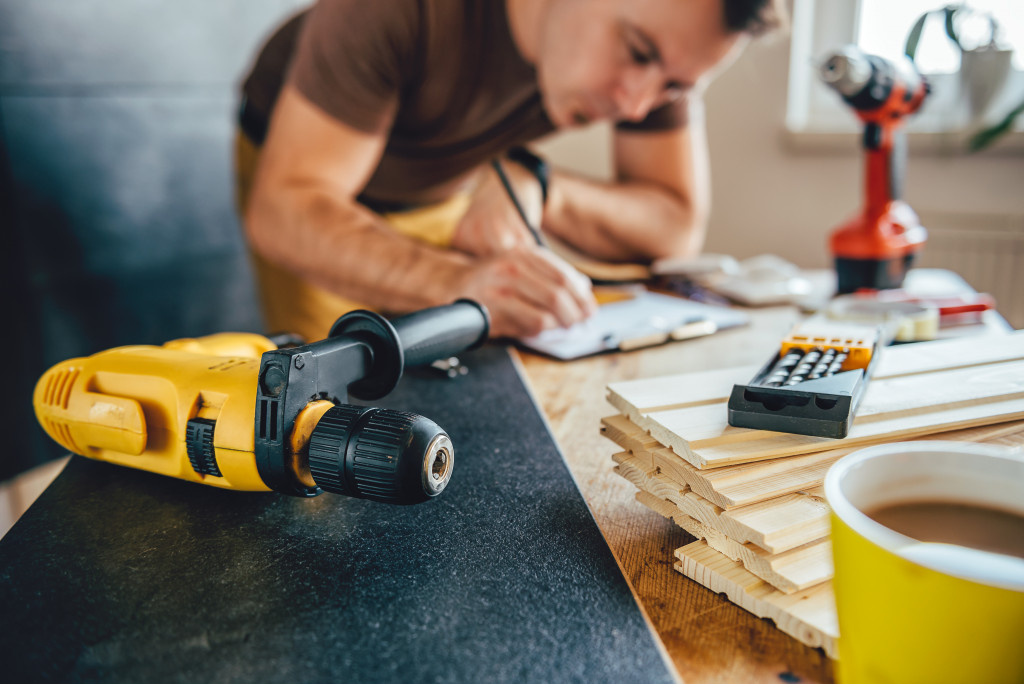Any construction work is never complete without pollution and chaos. It involves a lot of time and space to carry out complex projects that require heavy equipment and construction materials. Real estate developers are taking steps to ensure the proper execution of their pollution prevention plans. One example is the stormwater pollution management plan to ensure the contractors and workers follow the best management practices and erosion control techniques.
As much as possible, we want to ensure construction activities won’t disrupt a neighborhood. No one wants to delay a construction project because of a neighborhood complaint about traffic congestion. With that in mind, we’ll talk about smart ways to keep your construction project less disruptive and make neighbors happy.

Inform the neighbors about the construction project early on
People tend to create rumors if they lack information about what’s happening. If they think you’re onto something without their knowledge, they’ll make stories about whatever they think is going on. Chances are, they may even cast you as the main villain.
When it comes to construction work, you want everything to go as smoothly as possible without letting any neighborhood gossip ruin your plans. This means finding the opportunity to discuss the project with them and make sure they tell the right stories.
Before beginning a construction project, it’s important to establish a good neighborhood liaison to advise the local community about the construction activities and offer opportunities to submit complaints and ask questions. Put up signage that includes your email and contact number near the project sign. You can also distribute letters that specify the construction project’s duration and what they should expect.
Another way is to create an online presence through your website or social media to post daily updates on days that are particularly dusty or noisy. Give them peace of mind about how you’re handling the congestion and your dedication to keeping them updated on the construction project’s progress. This way, you’re doing something as part of the neighborhood.
Traffic congestion
If the construction site doesn’t have enough area for a parking space, visit the municipal hall to check out the local map of the neighborhood. The map will give you an idea of where to look for ideal parking areas near the site.
Consider booking the nearest parking lot ahead of time so the workers can easily park their cars instead of letting their vehicles scattered along the road and causing traffic. If there’s no parking lot near the construction sign, you can arrange a transport system for the workers so that they can come to work and go home without bringing their vehicles.
When it comes to the deliveries of construction materials, ask the supplier if they can send them in when the traffic flow is moderate, particularly during early mornings or late afternoons.
Pollution and dust control
While it can be difficult to eliminate dust, dirt, and other particulate matter generated by construction work, there are still ways to reduce the neighborhood’s pollution.
One way is to cover the construction work using a tarpaulin or a plastic or cloth cover supported by scaffolding. This approach ensures the dust will travel less around the area. If the construction work produces large amounts of dust, sprinkle water around the side at least every few hours to prevent the dust from rising. You can also invest in specially designed equipment that mitigates air pollution on construction sites.
The last thing you want is to deal with legal consequences because of the air pollution generated by your construction site. Angry neighbors can go to the local authorities to completely suspend the project. Before this happens, make sure to coordinate with the local government if nearby residents need to vacate the area. This approach will require you to arrange an alternative settlement until the construction project is finished.
Waste management
Proper waste management is also a must in construction projects to avoid contaminating the local community’s air, land, and nearby stream. This requires you to plan a waste management system to determine how your workers will handle the wastes produced by construction work.
Leftover dust, stones, bricks, wood, and cement should be properly handled to avoid forming a large heap of waste. Contact the local waste management department to arrange the regular cleanup of construction debris. Another option is to keep the debris within the construction site until you have the proper resources to haul the collected waste.
When it comes to construction projects, there will be many things that can’t be controlled and are inevitable. The best you can do is to maintain a good relationship with the neighbors and do your part in reducing damage and inconveniences as much as possible.

